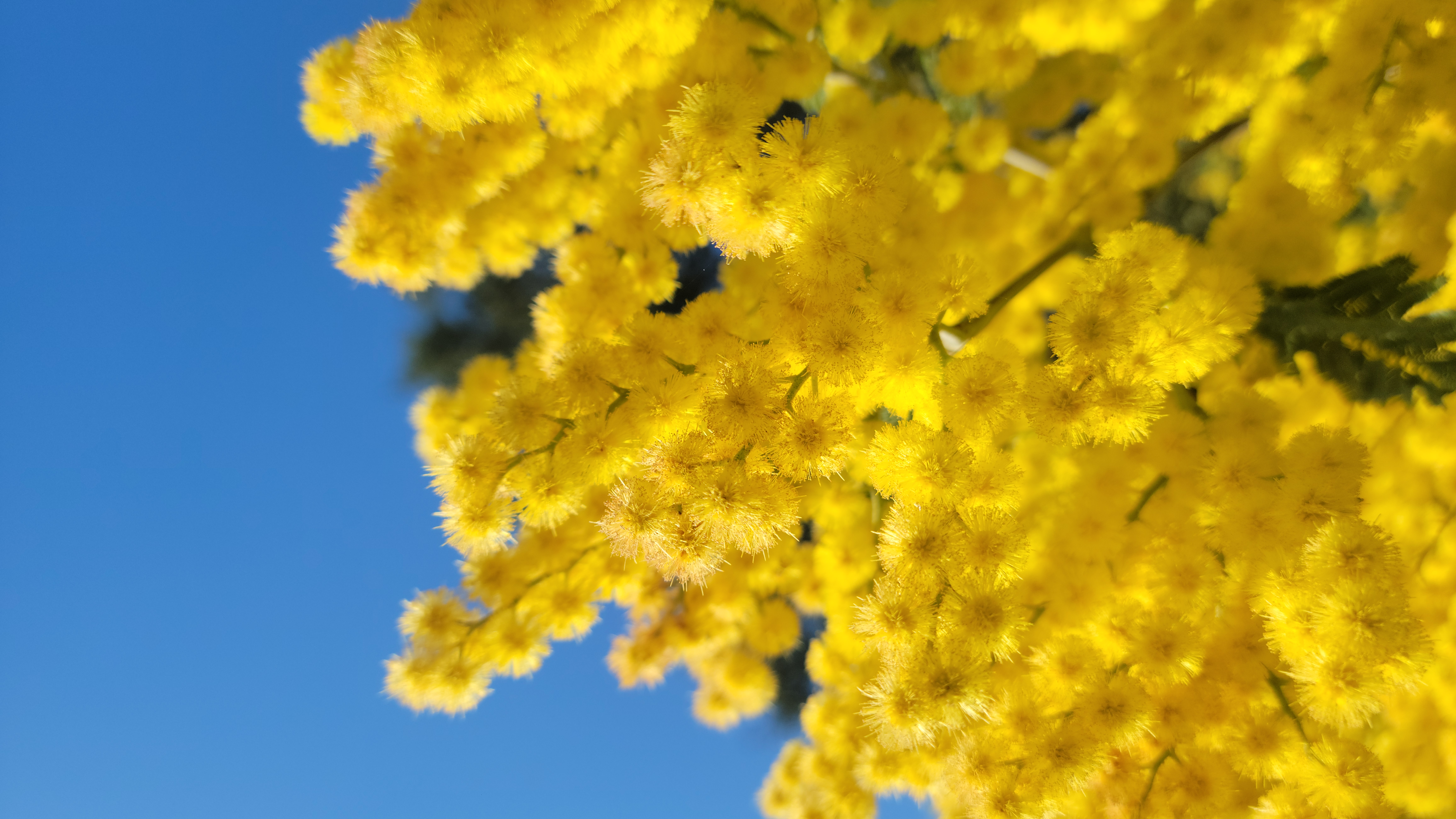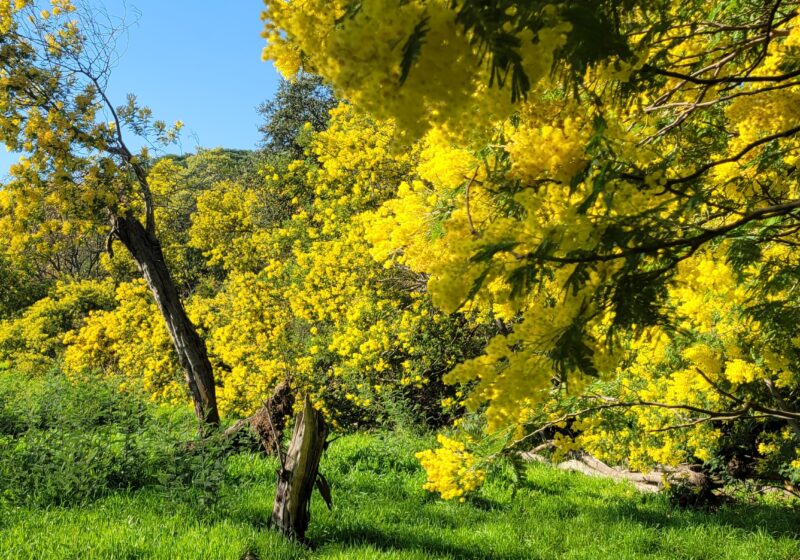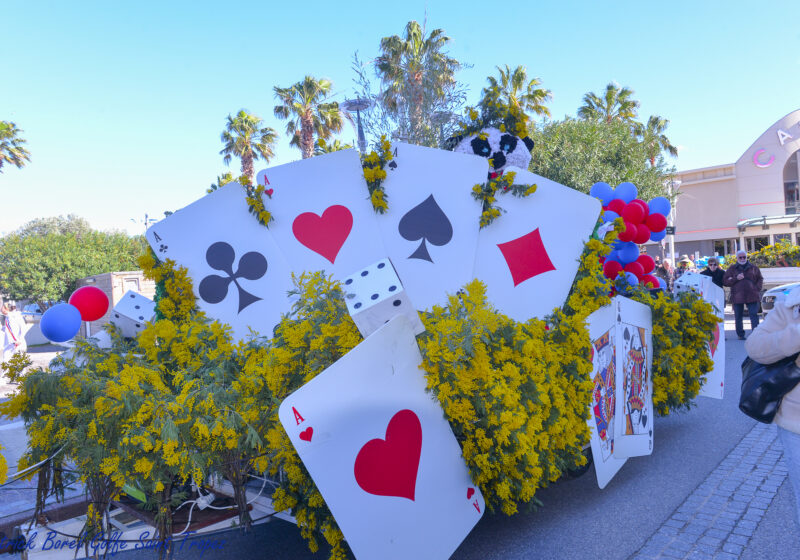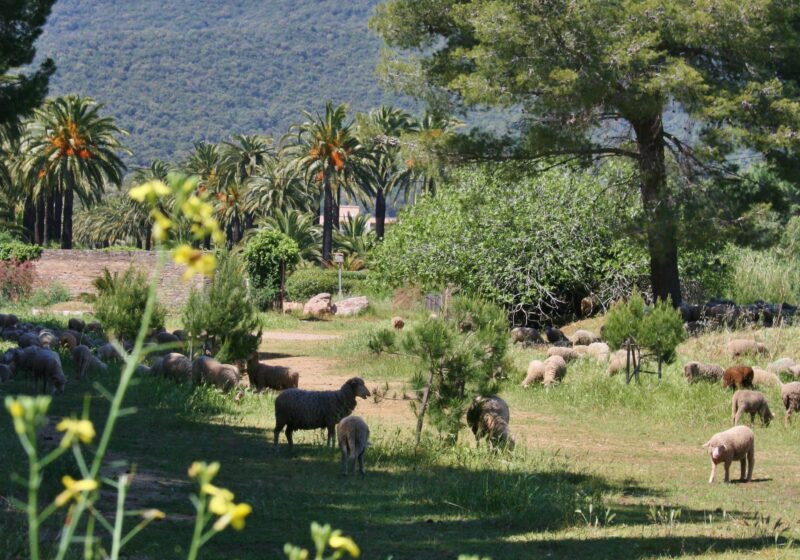Despite its beauty, mimosa dealbata is classified as an invasive species throughout southern Europe due to its rapid growth. This is because it reproduces asexually by sprouting from the ‘mother plant’ or main stock and producing large numbers of seeds.
This high rate of reproduction means that the mimosa forms dense clumps or forests, preventing the local flora from developing and severely disrupting biodiversity.



